
Working as a Field Guide for BAS is a unique and unforgettable experience. While BAS employ a wide range of professions to enable deep-field science, the Field Guide role is one of the most challenging and varied. It offers the greatest opportunities for travel and freedom within the organisation. With this freedom comes responsibility. Working as a Field Guide involves a lot of demanding work but is extremely rewarding.
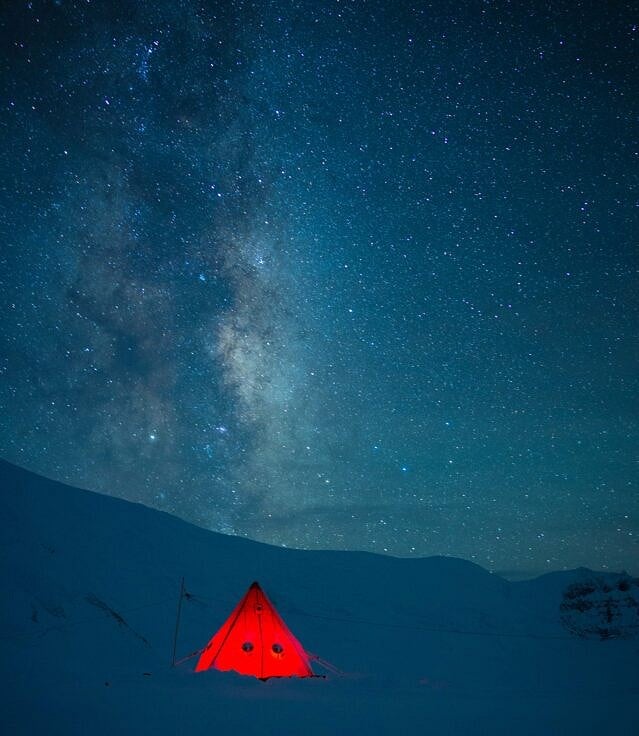
The following is a brief overview of various aspects of life as a Field Guide. It should provide a better understanding of what to expect for those interested in the role.
BAS Field Guides work at one or more of the following Research Stations. Each station is unique and offers a different experience.
Rothera Research Station:
Field Guides do their initial training at Rothera. New Field Guides will almost certainly spend their first winter season here. It's an incredible location with good access to glaciers and mountains, allowing Field Guides to deliver recreation and training to BAS scientists and staff. It's also Field Guide HQ, where most field equipment is prepped and where most field parties do their Antarctic training prior to deployment into the field.
Follow these links for a virtual tour and more information about Rothera Research Station:
Rothera Research Station – British Antarctic Survey
Halley VI Research Station:
There is usually one or two Field Guides stationed at Halley during the summer season. Amongst other tasks, Field Guides at Halley oversee staff training, travel around the Brunt Ice Shelf to assist scientists in their research and find suitable locations/routes for ship relief. As with all ice shelves, the Brunt is a serious place. Field Guides need to be proficient in BAS field techniques and maintain a conservative approach to risk.
Follow this link for more information about Halley IV Research Station:
Halley VI Research Station – British Antarctic Survey
Signy Research Station:
BAS bases a Field Guide at Signy every summer to manage safe travel across the islands ice cap and to assist scientists in their research. Given its location, Signy is a haven for wildlife and most of the research focuses on this.
Follow this link for more information about Signy Research Station:
Signy Research Station – British Antarctic Survey
Ny-Alesund Research Station:
BAS offer occasional opportunities for Field Guides to work in the Arctic as well. The Field Guides primary role at Ny-Alesund is to facilitate scientific research using skidoo, boat, and foot travel to access field sites. Field Guides also support the general running of the station.
Follow the links below for more information about Ny-Alesund Research Station:
UK Arctic Research Station – British Antarctic Survey
Field Guide Training
New Field Guides will complete their initial training in the UK before deployment to Rothera. This training includes a Field Guide induction week, PPE inspection, ski maintenance, sewing, medical training, sea survival and a 10-day Pre-Deployment course. It takes a long time to become a good Field Guide! The UK based training is just the first step in learning the skills and techniques unique to BAS and Antarctica.
Follow this link for more information about Pre-Deployment training.
Antarctic Pre-Deployment training – British Antarctic Survey
On arrival at Rothera new Field Guides begin their training in earnest with an intense 3-week course. This is delivered by the Lead Field Guides and includes personal polar management, medical training, comms training, meteorological training, vehicle training, working around aircraft, Antarctic navigation, Field camping, linked skidoo travel, crevasse avoidance and rescue, equipment maintenance, SAR response and field admin. There are many new skills to learn, and it can be quite daunting at first. The training continues throughout the year and throughout a Field Guides career. There is always more to learn!
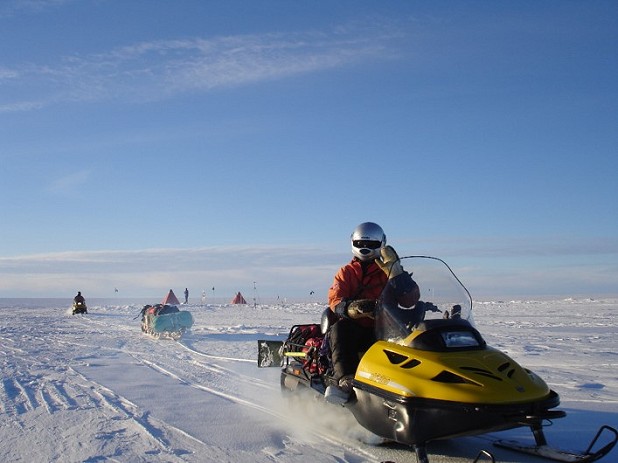
Delivering Staff Training
Many of the scientists and base staff you will work with may never have been in a cold environment before. Field Guides train staff in Antarctic survival skills and field techniques; from how to use polar clothing through to crevasse rescue techniques, linked skidoo travel through to field camping. Field Guides also train a team of SAR assistants to help in the event of an emergency in the field.
In order to travel safely across the ice skidoos are linked together and a full camping system is pulled on a Nansen sledge. Scientists and wintering staff are trained by Field Guides in linked skidoo travel techniques. The following video was taken during a linked skidoo trip on Adelaide Island.
Field Work:
Field Guides may be deployed across a huge area and can expect to travel around the continent dealing with various tasks. Plans can change at short notice due to weather and operational issues, so being well organised and flexible are essential attributes for Field work.
New Field Guides can expect to spend their first summer season working on easier field tasks such as instrument raising, depot work, simple science projects and managing field operating hubs such as Sky Blu. Once they have completed a full summer and a winter, Field Guides will have accumulated more experience and can be tasked with more complex fieldwork.
Science projects:
BAS employ Field Guides to act as safety managers on deep field science projects. These projects vary hugely in terms of duration, location, tasks, and size. All involve keeping people safe and working efficiently in extreme environments.
Typical deep field science projects include:
- Hot water drilling to collect data and samples from the ice, bedrock, and ocean.
- Use of seismic and radar to help understand glaciology and bed/rock interface.
- Ice core drilling to ascertain historical make-up of the atmosphere.
- Geological sampling.
- Penguin and other wildlife studies.
- Instrument arrays placed over large areas to gather a wide range of data.
Many science projects supported by BAS have been years in development and the costs run into the millions. A Field Guide's professionalism and safety oversite plays a key role in ensuring these projects are successful.
Follow this link for more information about BAS science teams and projects.
Science teams – British Antarctic Survey
All field projects require significant preparation prior to deployment to the field. This includes training the project staff in appropriate field safety and meticulously organising and checking field and science equipment.
The following video was made by Field Guide Ali Rose about his field project to the Hudson Mountains.

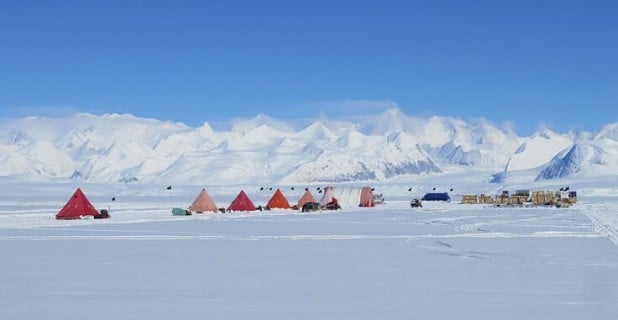
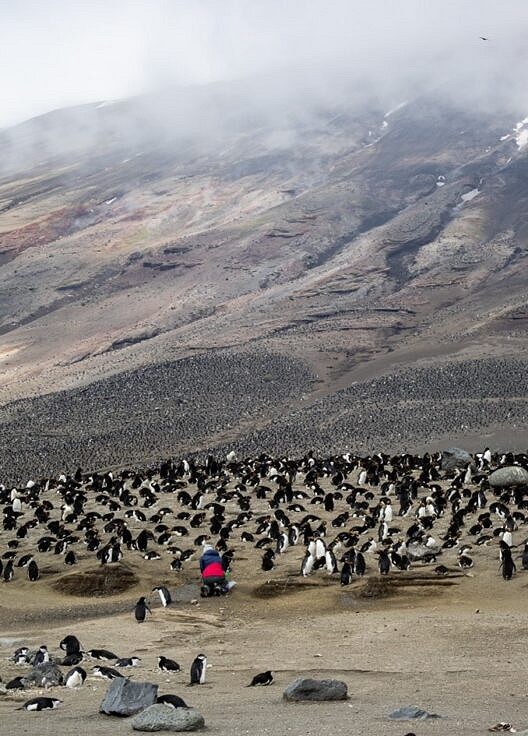
Traverse:
BAS operate a Tractor Traverse which travels thousands of kilometres around the continent every season. It supports deep field science by providing a mobile science platform and maintains fuel stocks by dragging large bladders of fuel and sledges of drums.
Field Guides act as Traverse Leaders responsible for overall safety, drive and operate Pisten-Bully's and sometimes travel ahead of the main traverse on skidoo to recce a safe route across the ice.
The following video was made in the 2017/18 season about time spent on the Traverse.
Field operating hub – Fossil Bluff:
Fossil Bluff – Field Guides oversee the open-up and close-down of this forward operating hub and will inevitably spend some time there during the summer season. Fossil Bluff is situated 400km South of Rothera and used as a fuel stop for Twin Otters on their way to the deep field.
Field Operating Hub – Sky Blu:
Field Guides run the day-to-day operation of our deep field logistics hub Sky Blu. Sky Blu is located 800km South of Rothera and is an essential part of our deep field operation. Field Guides oversee safety, give weather observations to aircraft, manage loads, coordinate air drops and organise the camp.
The following video was made during an RAF airdrop to Sky Blu.
Depot work:
BAS maintain a large network of field fuel depots which allow Twin Otters to input and uplift science projects across an area larger than Europe. Field Guides help raise and stock these vital fuel depots every season. Raising fuel depots is hard physical work but absolutely essential to our deep field flying operation.
The following video made by Scott Bryden shows a team raising the Korff deep field fuel depot.
Relief:
The most efficient way to deliver cargo to Antarctica is by ship relief. BAS have successfully carried out ship offloads deep field at the English Coast, Ronne Ice Shelf and Abbot Ice Shelf as well as regularly resupplying Halley VI. Field Guides act as safety oversight for ship offloads on ice shelves.
Recreation:
Boosting staff morale on an Antarctic base is important and recreation is one of the best ways to do this. Field Guides deliver recreation in the form of skiing, mountaineering and skidoo travel.
Field Equipment and base work
Every Field Guide spends time on base as well as in the field. A large part of Field Guide life is maintaining and repairing field equipment. The importance of meticulous preparation and maintenance of this equipment cannot be overstated. Sending equipment out into the field poorly serviced or in a bad state of repair has the potential to ruin a science project many years in the planning, require re-tasking of aircraft to send replacement equipment or even the potential to put lives at risk. Field Guides need to be familiar with all the equipment and know how to service it properly. It is costly and difficult to get anything to Antarctica so a reuse and recycle mentality is essential.
The Field Guide workspace at Rothera is called Fuchs House. Click the link to see a virtual tour of Fuchs House.
Winter
New Field Guides are normally expected to over winter at Rothera. It is arguably the best experience available to a Field Guide. Spending six months in Antarctica with a small team of dedicated professionals is truly incredible and hard to describe!
Field Guides spend winter doing various tasks on base such as equipment maintenance, PPE checks, sea ice testing, preparing kit for upcoming summer projects, delivering further training to base staff, assisting with boating operations and running winter trips.
Sea Ice:
It is reasonably common for the sea to freeze around Rothera at some point during the winter. Field Guides are responsible for monitoring and testing the ice for science and recreation purposes. Sea ice travel is one of the most complex and risky activity that BAS allow and is carefully managed from BAS Cambridge as well as on site.
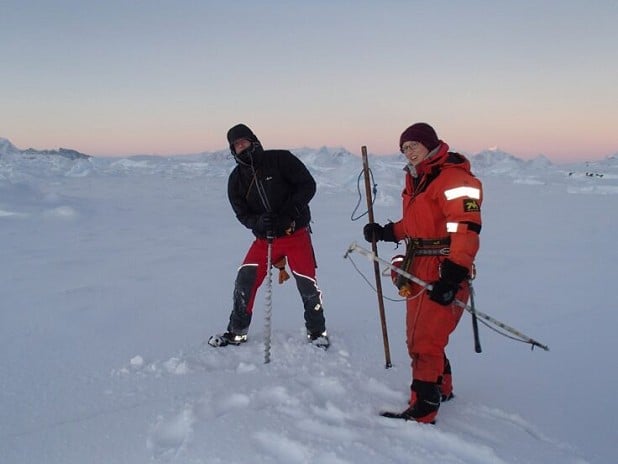
Winter trips:
All wintering staff get time away from base during the Antarctic winter. These trips vary depending on conditions and experience within the team but usually come in the form of an overland journey and field camp on Adelaide Island. These trips are essential training for Field Guides and staff. As always, Fields Guides are expected to behave in a conservative manner, operating well within their comfort zone due to the remoteness and extremely limited capacity for SAR/medical evacuation.
Digging
Field Guides need to dig a lot of snow, whether for raising a depot, digging out a tent after a storm, or just trying to get into a building on base. Good technique and careful management of themselves and others is essential to success.
Environment:
Weather:
Antarctica can be brutal at times. Field Guides need to be able to look after themselves and others and make conservative decisions regarding risk.
Lie-up:
Lie-up is the term used to describe time spent in a tent during bad weather. As a Field Guide you will inevitably spend some time in lie-up. It's a good opportunity to recover but can also be frustrating due to time pressures. Lie-up can last anything from a few hours to many weeks! Having something to do in the tent is essential. Music, books, cards and board games are all a good idea.
Crevasses:
An ever-present hazard whilst working in the field, crevasses can be found anywhere in Antarctica and often in places one would not expect them to be. Antarctica does not abide by the 'normal' rules. Crevasse avoidance techniques and the ability to rescue oneself and others are essential skills for a Field Guide.

Some crevasses are visible at the surface:
And some are not…
Crevassing in Antarctica varies in size and shape. In most circumstances Field Guides should be actively avoiding crevasses.
Working as a Field Guide for BAS can provide a rewarding career supporting important research. Many Field Guides return season after season whilst others have gone on to become Lead Field Guides, Station Leaders, Field Operations Managers and Polar Operations Directors. The Field Guide role is an excellent choice for somebody seeking an exciting and diverse career within BAS and the Polar regions.
The Field Guide role is incredibly varied. The skill set required to do the job competently is vast and takes many years to learn fully. Being an experienced mountaineer is just the start!
Every Field Guide's journey with BAS has been different and we would encourage anyone interested in the role to speak with existing Field Guides working for BAS to gain a more in-depth insight into this incredible opportunity.
We highly value our Field Guides and understand that experience in Antarctic field work is hard earned. Once Field Guides have successfully completed a contract they can look forward to many years of challenge and adventure with BAS.

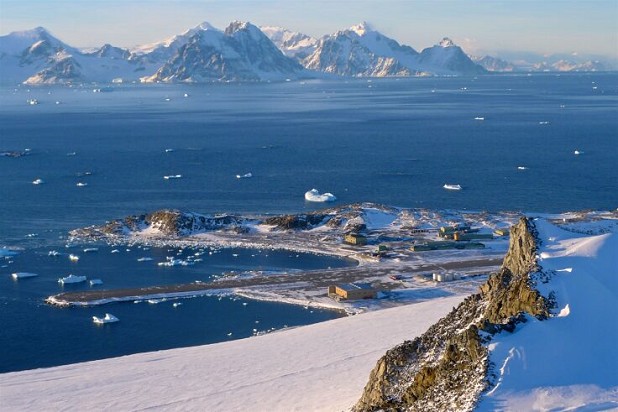
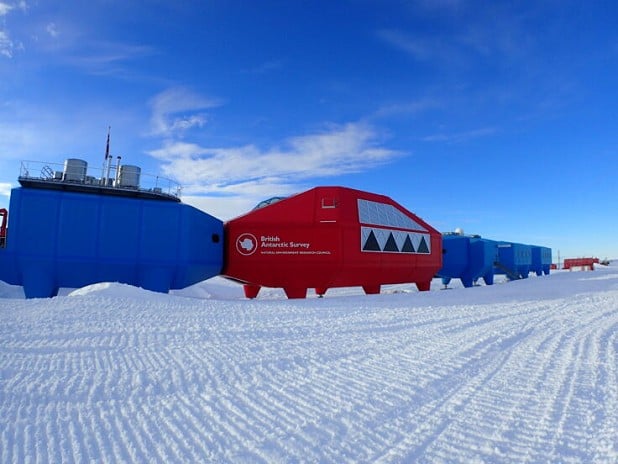

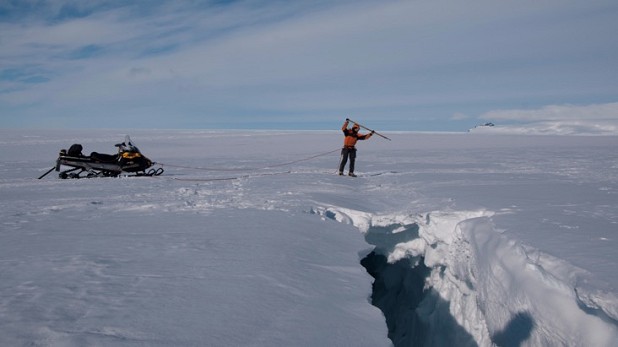
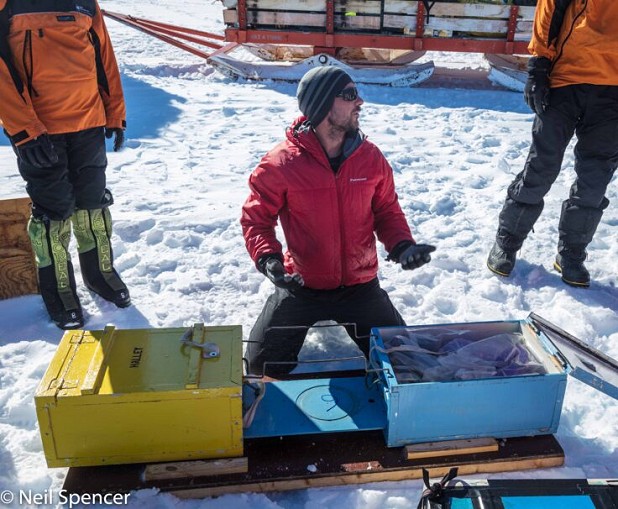
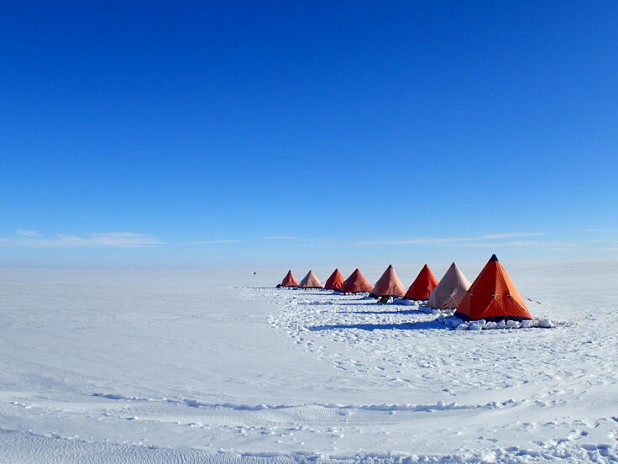
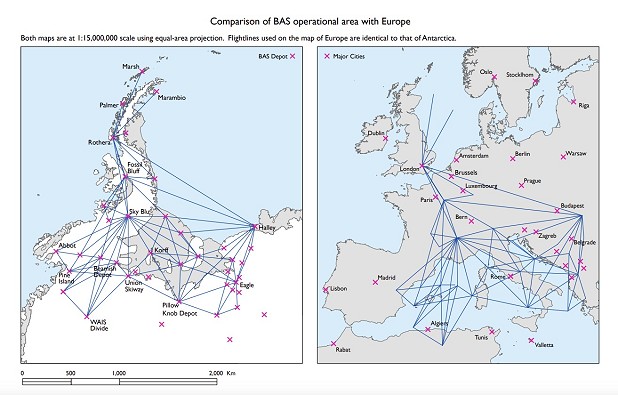
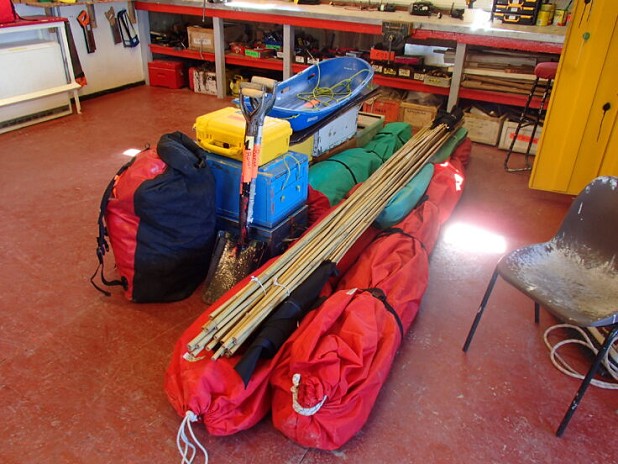
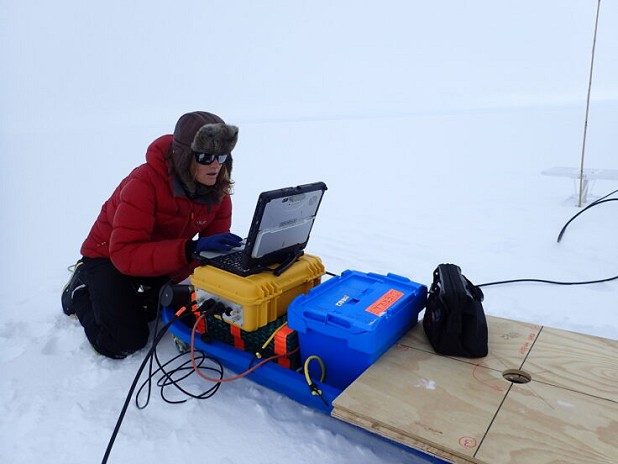

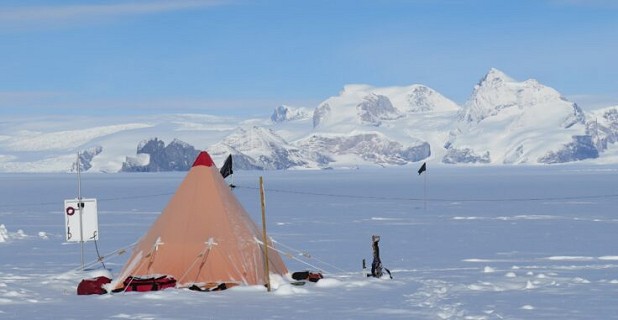
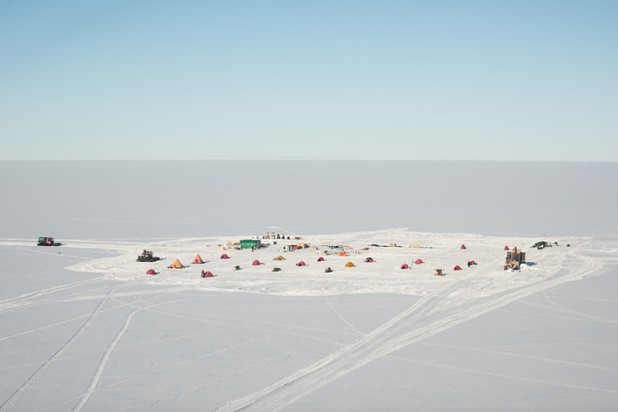
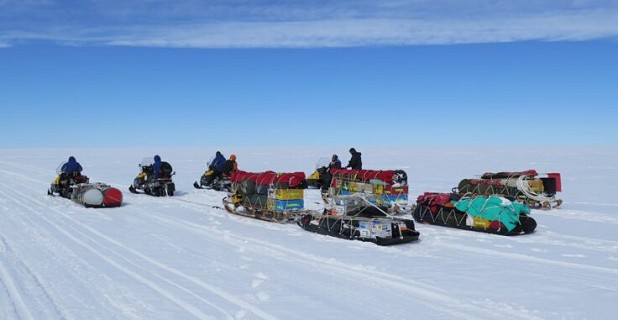
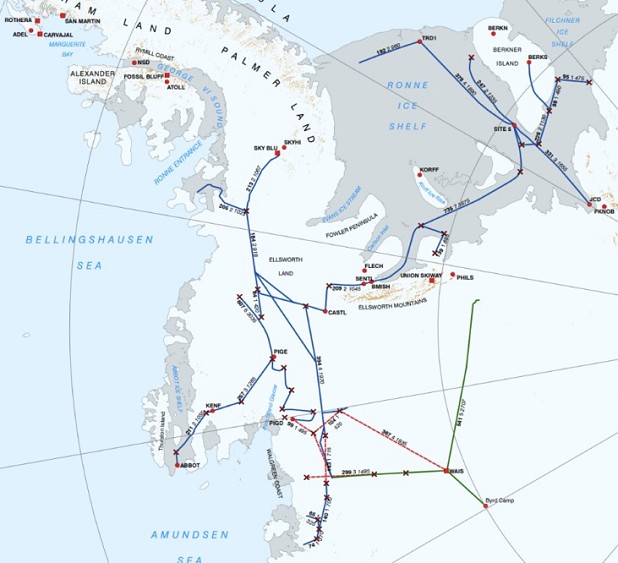
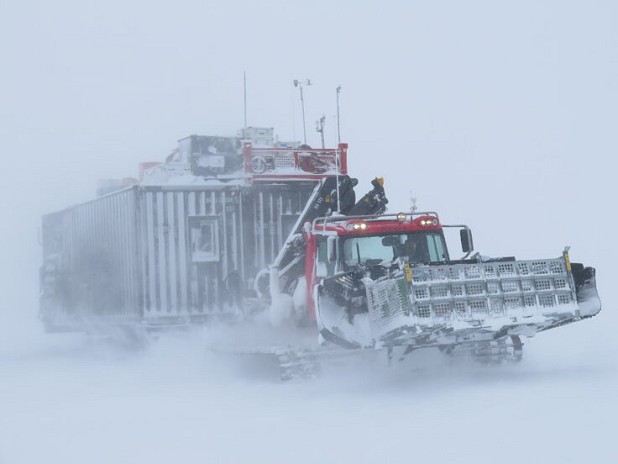

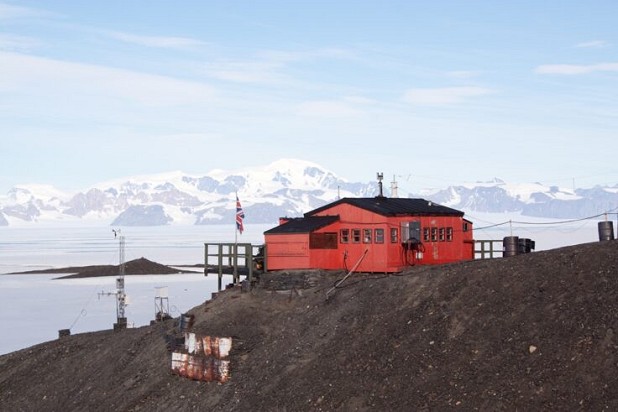
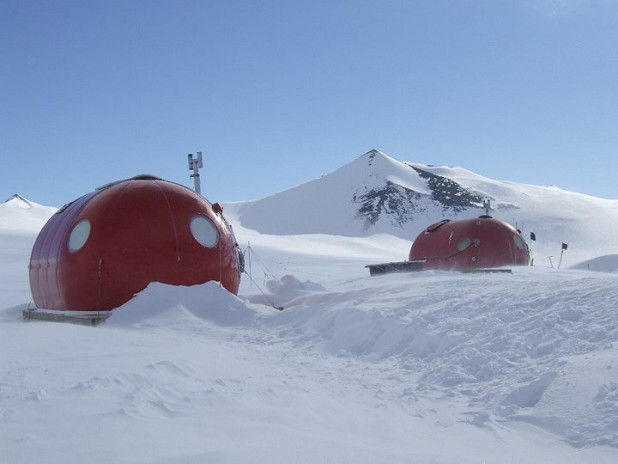
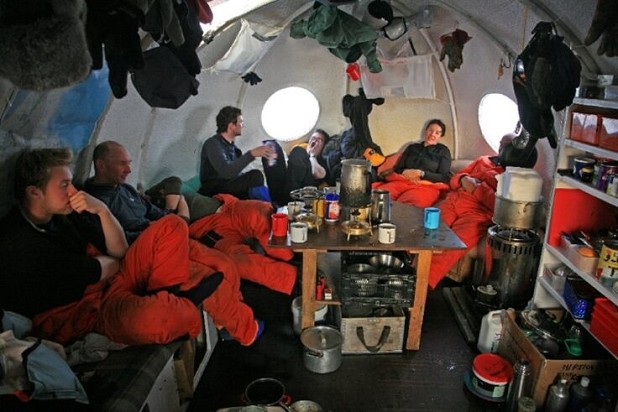
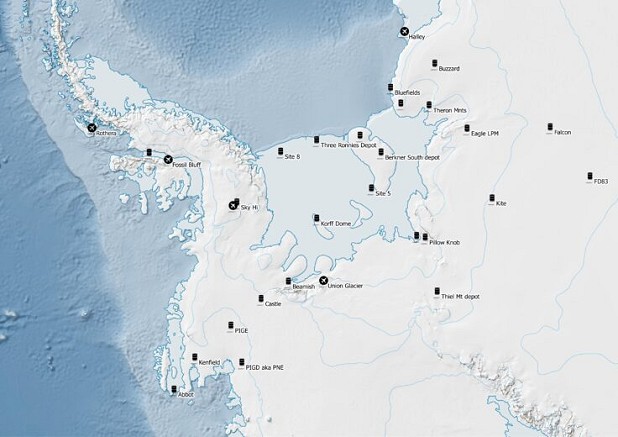
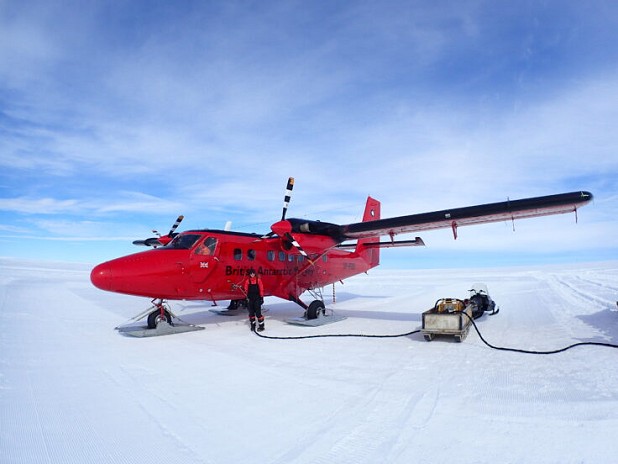
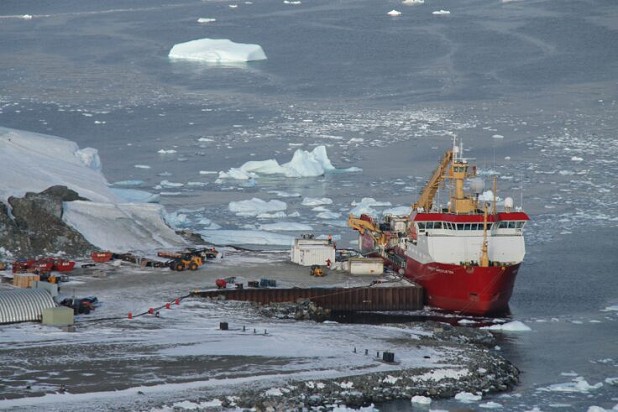
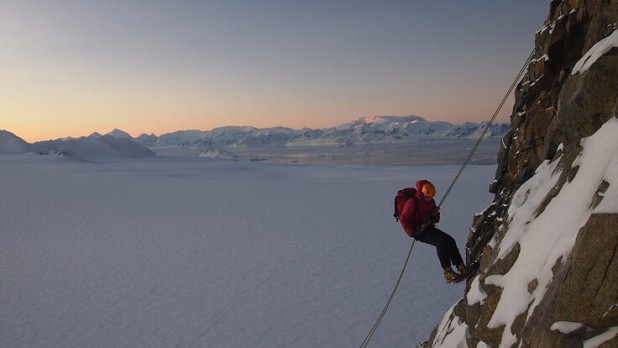

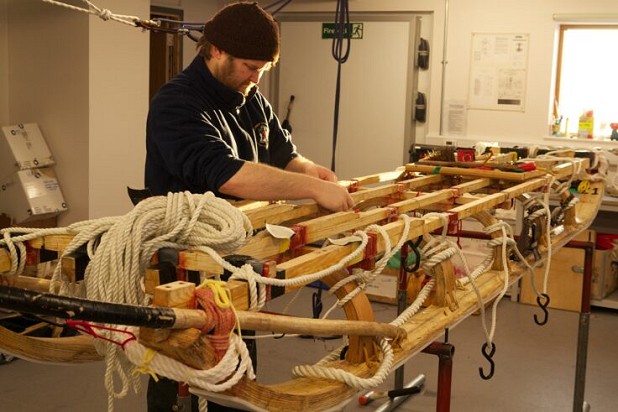
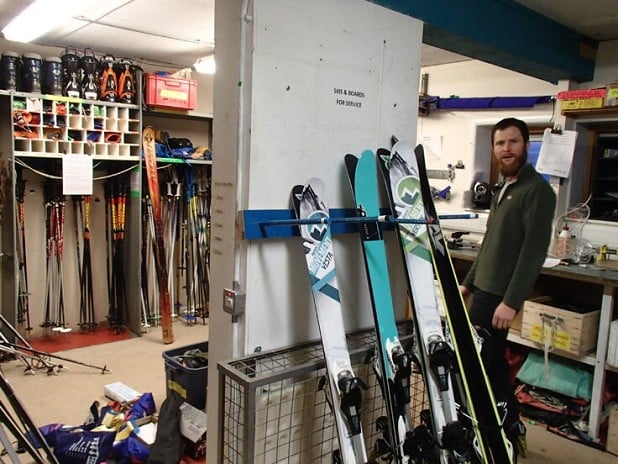





Comments
I know it's an amazing opportunity to get to Antarctica, and I would bite your hand off for the chance to go there, but a starting salary of well under 30k for basically an experienced mountain guide, operating a wide range of heavy machinery, responsible for many lives, planning, logistics, in one of the remotest places on earth for an entire year? If it was an entry level position I'd get it, but it's obviously a fairly high bar to entry!
BAS/NERC is not known for generous salaries, my father worked for them and whilst he loved the job, the pay was certainly an issue.
I'd jump at the chance - and, in fact, was interviewed for the job one year, but didn't subsequently get an offer.
If you don't fancy it, then just don't apply. But for God's sake don't grouse about the salary.
I looked at this a long time ago (when I was still at school) and thought it sounded amazing. Nowadays I can see more of the potential negatives, however it would still be some experience. Just on the financial side, it seems reasonable if you consider that your outgoings will be much lower while you're away, and also IIRC, there is some sort of tax break if you're away long enough?
When I considered applying (maybe 5 years ago) there was no requirement to have any level of guiding qualifications, I think they said it was desirable. Maybe it's the reality that they mostly only take people with at least MIC (or whatever).
At the time as a 25ish year old with a fair amount of alpine experience and a job in software it seemed like a pretty good pay deal to go and do something that sounded like a lot of fun. £25k is to me quite a good salary when you consider that living expenses (accomodation/food) are paid for whenever you're away in Antarctica.